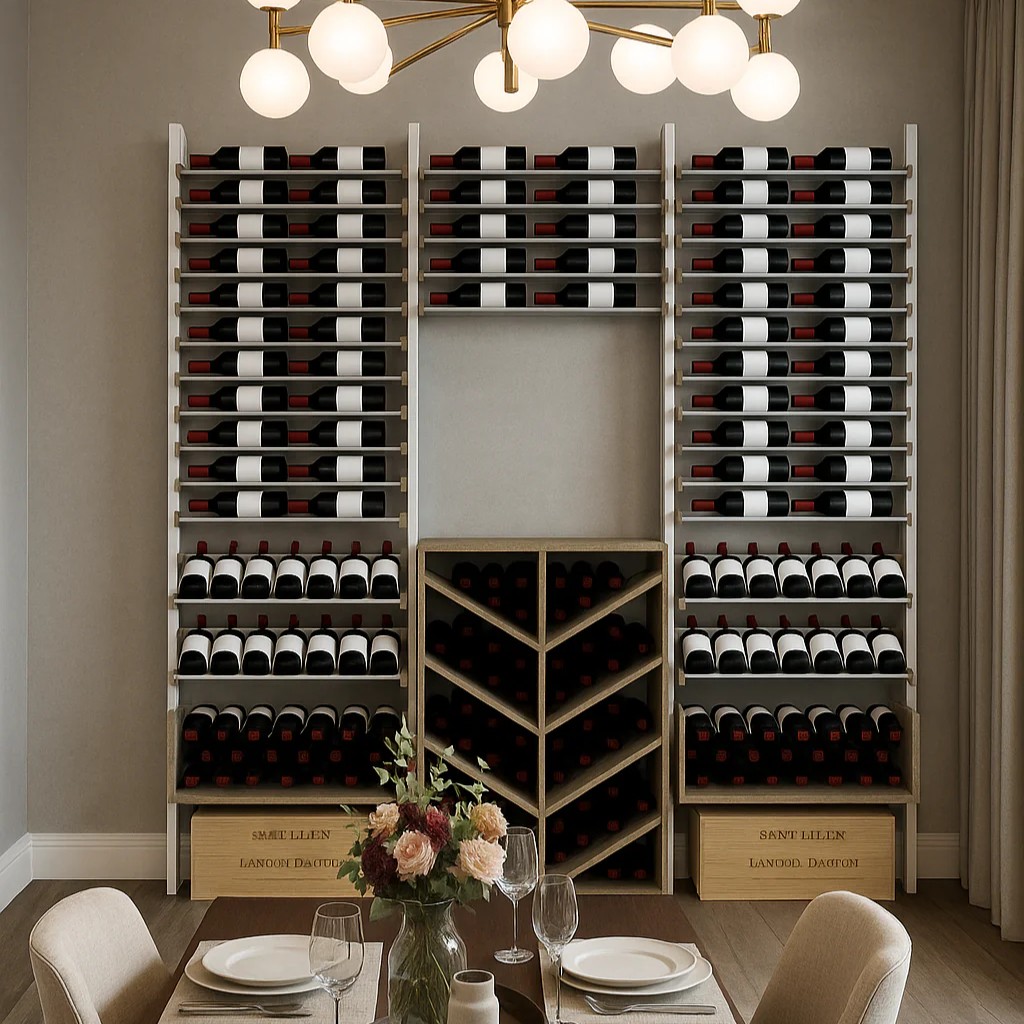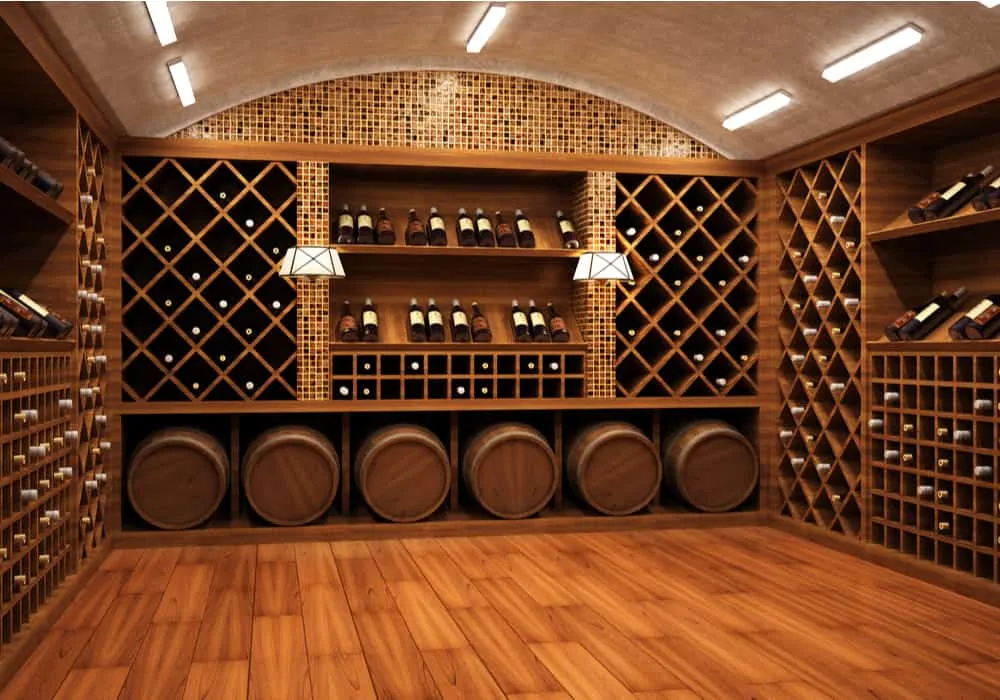
Grand Millesime Wine Displays: Where Modern Meets Timeless Elegance
Book an appointment Request free design Free Heatload Calculation In the world of luxury wine storage, few collections strike a balance

Start by designing your wine cellar layout. Consider factors such as the number of bottles you want to store, the available space, and any additional features like a tasting area or storage for wine accessories. Plan the location of your wine cellar, keeping in mind the need for stable temperature and humidity levels.
Clear the designated space for your wine cellar. If you are converting an existing room, remove any unnecessary items and ensure the space is clean and well-ventilated





Book an appointment Request free design Free Heatload Calculation In the world of luxury wine storage, few collections strike a balance
Showroom Available By Appointment
Established 2014 Copyright ©2024 Cool Wine Cellar. All Rights Reserved